Today’s Daily Concept is about the Sea Peoples.
No, it’s not the name of a hipster ska band from 2011 — it’s actually the name of one of the most mysterious groups of people in history.
The Sea Peoples are the name used for a historical confederation of seafaring tribes in the eastern Mediterranean around 1200 BC.
They were partially responsible for Bronze Age Collapse, a period around 1,200 BC which saw the decline & eventual fall of advanced ancient civilizations.
These included:
The New Kingdom in Egypt
Mycenean Greece
The Hittite Empire in Anatolia (modern-day Turkey)
The Sea Peoples are interesting for two reasons:
They played a major role in the collapse of what were then the most advanced civilizations in human history
Despite this, we know very little about who the Sea Peoples actually were or where they came from
The only written records of the Sea Peoples' activities are Egyptian sources that describe battles against Sea People invaders.
One ancient Egyptian plaque describing the Sea Peoples reads:
“They came from the sea in their war ships and none could stand against them.”
The Bronze Age (3300-1200 BC)
The Bronze Age began around 3300 BC, when the practice of smelting bronze (from copper and tin) became widespread in the Near East region on the eastern Mediterranean.
The early Bronze Age was characterized by the emergence of short-lived civilizations concentrated around city-states on the Euphrates (in modern-day Iraq) and the Nile (in Egypt).
These early city-states were eventually replaced by larger empires like:
the Old Babylonian Empire
the Egyptian Middle Kingdom
the seafaring Minoan civilization based on the Greek island of Crete during the Middle Bronze Age (2100-1600 BC).
By 1600, new regional powers took control in the Near East:
The Hittite Empire: Largely concentrated in modern-day Turkey and Syria, the Hittite Empire was known for its military strength and technological innovations in metallurgy.
Historian Christopher Scarre described the Hittite capital city of Hattusa as:
“a vast fortress-city sprawling over the rocky terrain, with craggy citadels and elaborate temples.
It became the center of a powerful empire that covered not only most of Anatolia but also at times extended far to the south, into Syria and the Levant.”
A map showing the ancient Hittite civilization in the eastern Mediterranean
Mycenaean Greece: The Mycenaean civilization, based in the Peloponnese peninsula in southern Greece, was based around major palaces that served as administrative centers for the Mycenaean government and economy.
The emergence of a so-called palace economy in Mycenaean Greece, where control of trade, taxation, and tribute were centralized in palaces, was a major development in the political economy of ancient states.
The New Kingdom of Egypt: Between roughly 1550–1070 BC, ancient Egyptian civilization achieved its peak influence during the New Kingdom.
The pharaohs of the New Kingdom forged diplomatic alliances with other regional powers, enabling a golden age for Egyptian culture whose legacy we can see in the grandiose pyramids built in the Valley of Kings.
Here come the Sea Peoples
Starting around 1200, things started to go south for these great civilizations.
Historians have argued that coastal raids contributed to the destabilization of these societies, quoting ancient Egyptian sources that spoke of pirate-raider groups attacking Egyptian cities.
Archaeologists and historians have also drawn upon Hittite texts and other archaeological findings in the region to reconstruct the world of the Sea Peoples.
Some researchers have even used carbon-dating technology to precisely determine when the Sea People incursions took place.
Understanding the Sea Peoples
The term ‘Sea Peoples’ was coined by French Egyptologist Emmanuel de Rougé in the 1850s.
In a series of writings on the topic, de Rougé hypothesized that the Sea Peoples were a group of nomadic peoples who traveled south to the Near East around the time of the Bronze Age Collapse.
More recent research has moved away from the ‘mass migration’ theory offered by de Rouge, with this Reddit user in the R/AskHistorians subreddit summarizing recent shifts in thinking about the Sea Peoples among ancient historians and archaeologists:
ART OF THE DAY







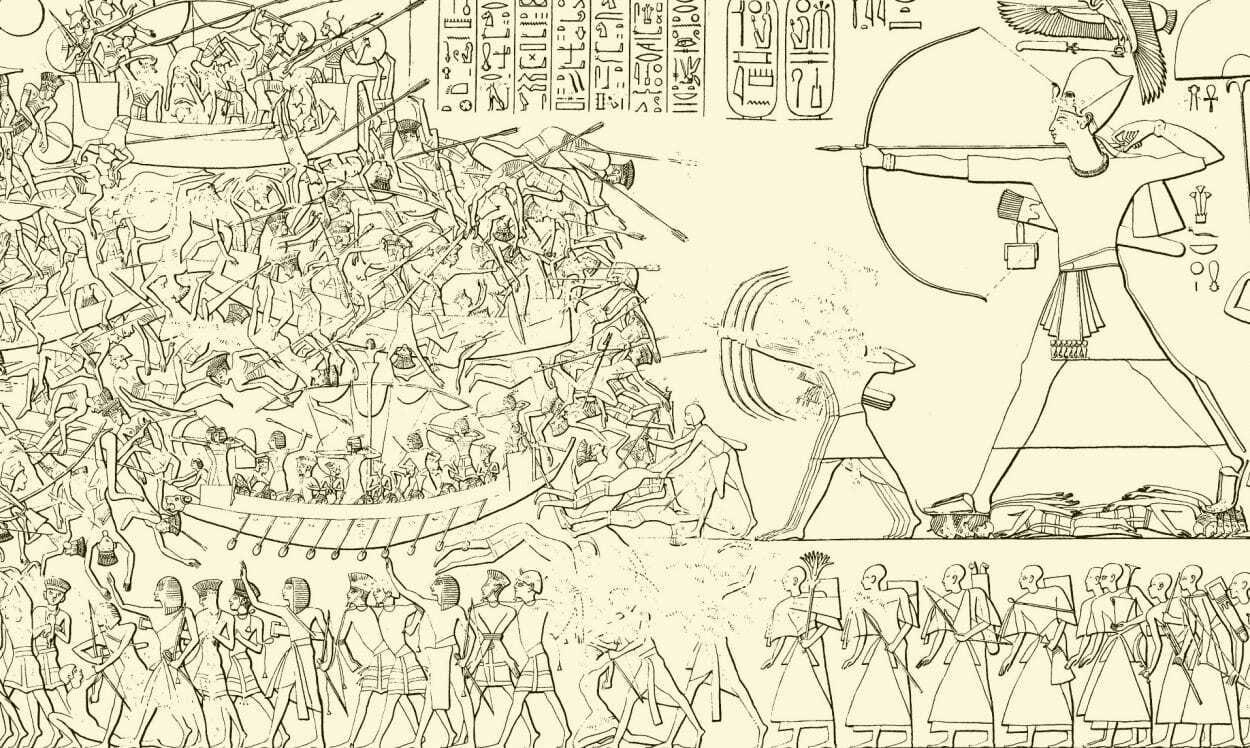

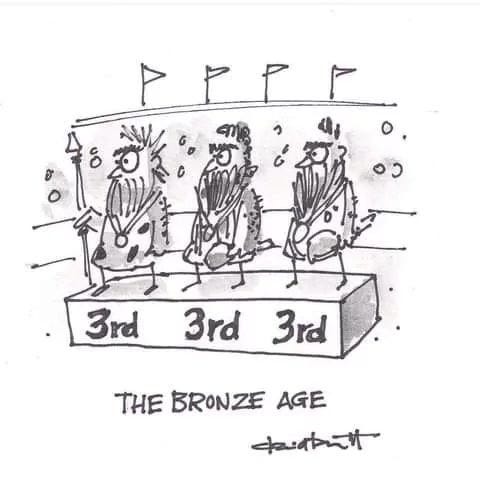
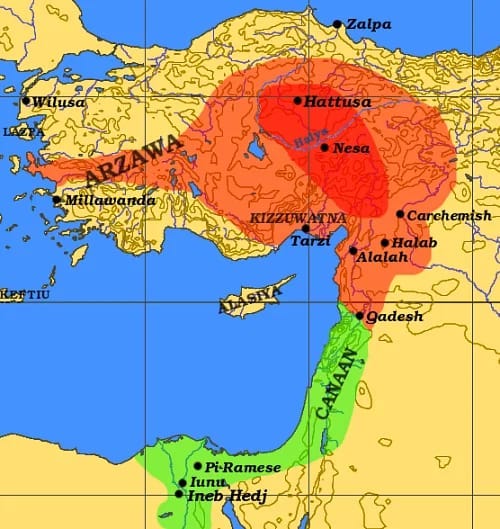

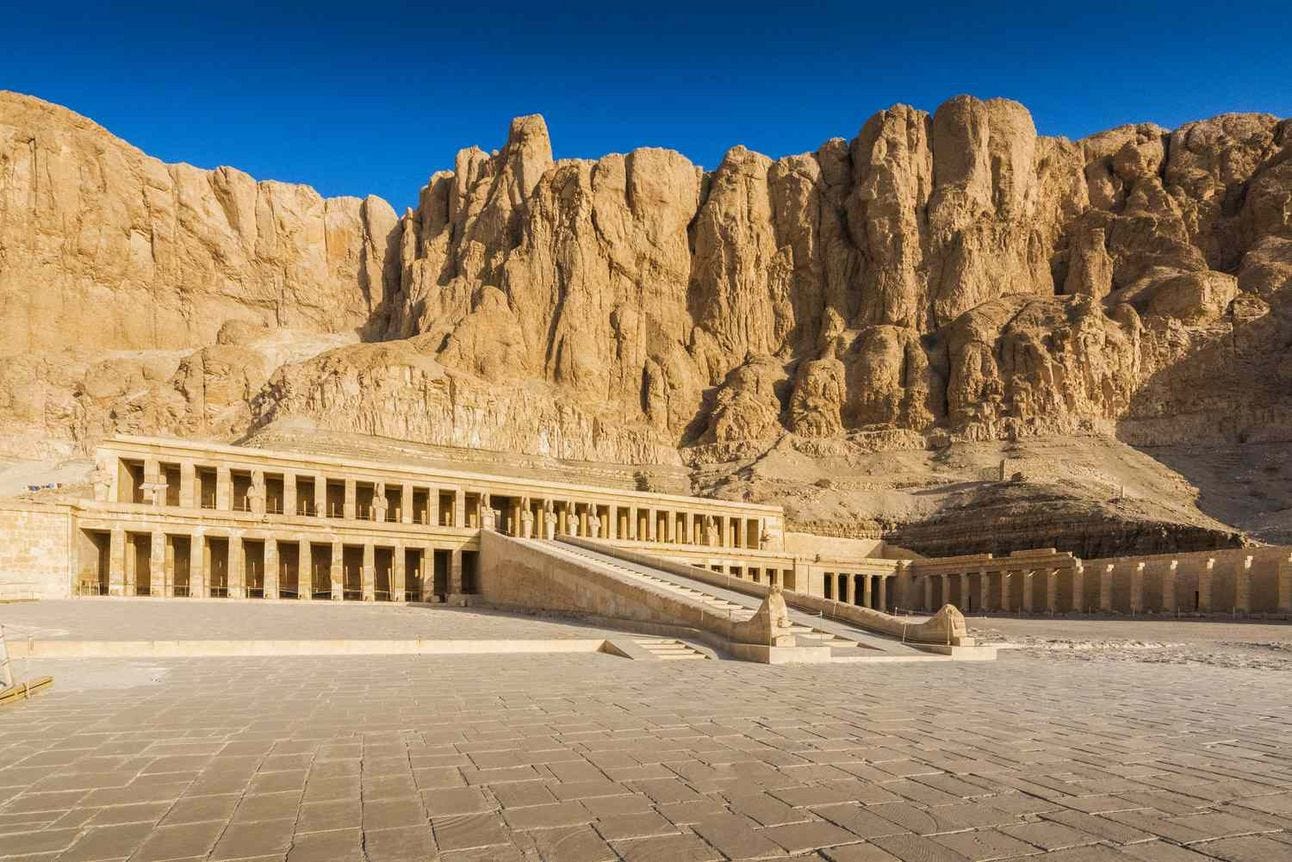
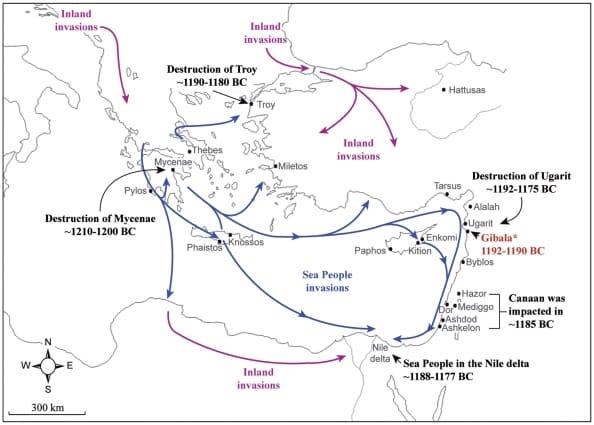
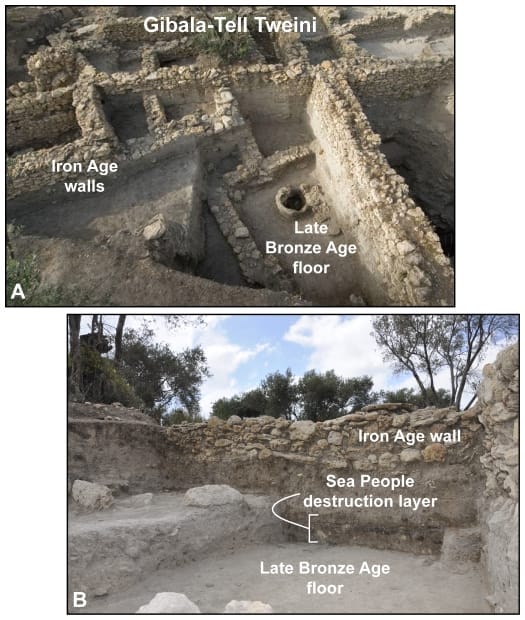

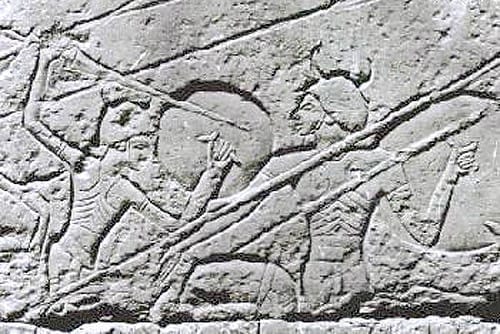
I love that you tackled the Sea peoples...and its very well done. I'm always interested to hear what historians say about them, you hear some really crazy theories. You stuck with the facts, and I love the humor too!
The way I usually think of the Sea Peoples is not much different from what the barbarian invasions (or Migration Period) meant to the Roman Empire. It was easier to think of them as warriors coming to destroy, but they just happen to be migrants trying to find a place to prosper.
Nice article.